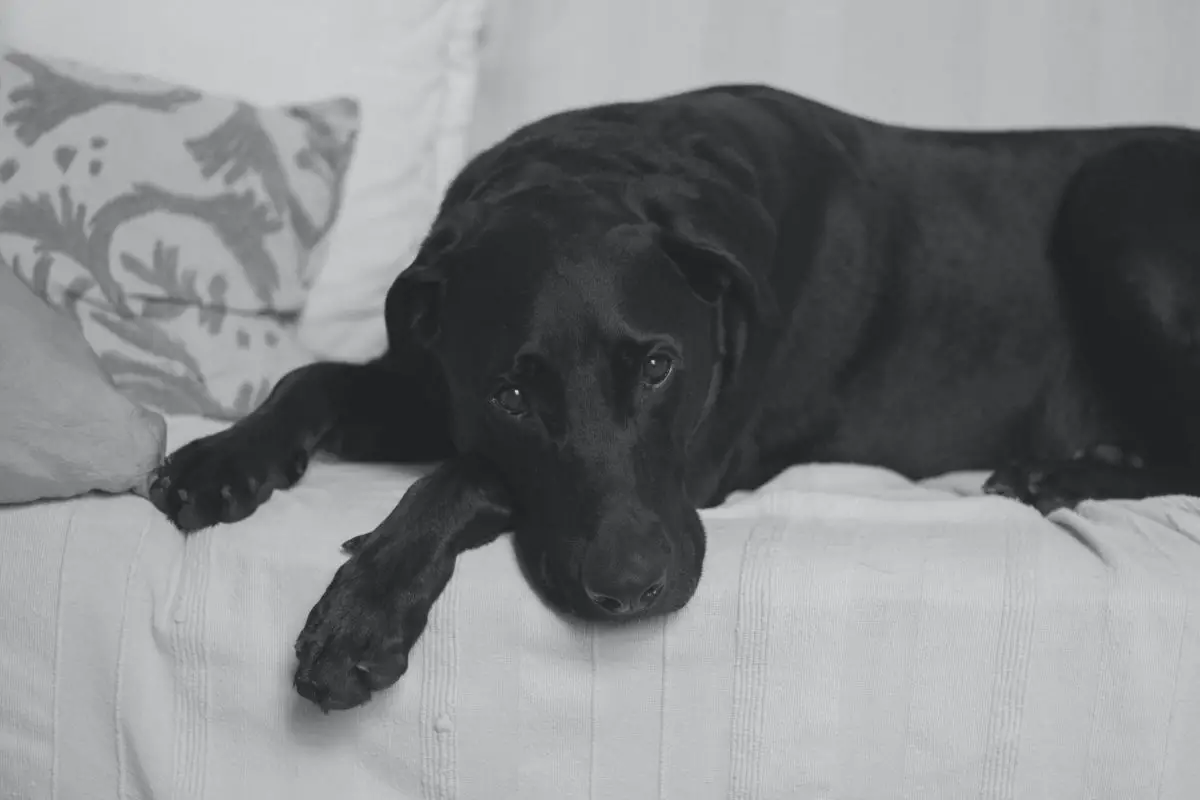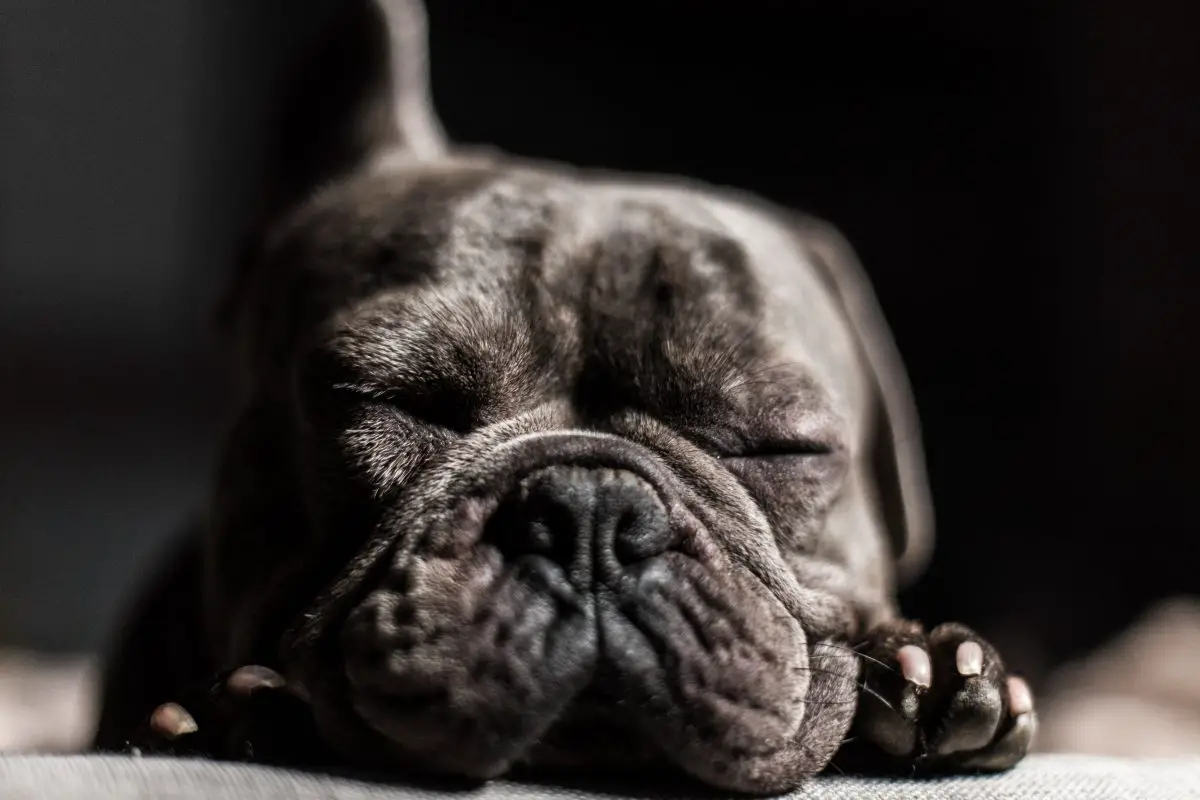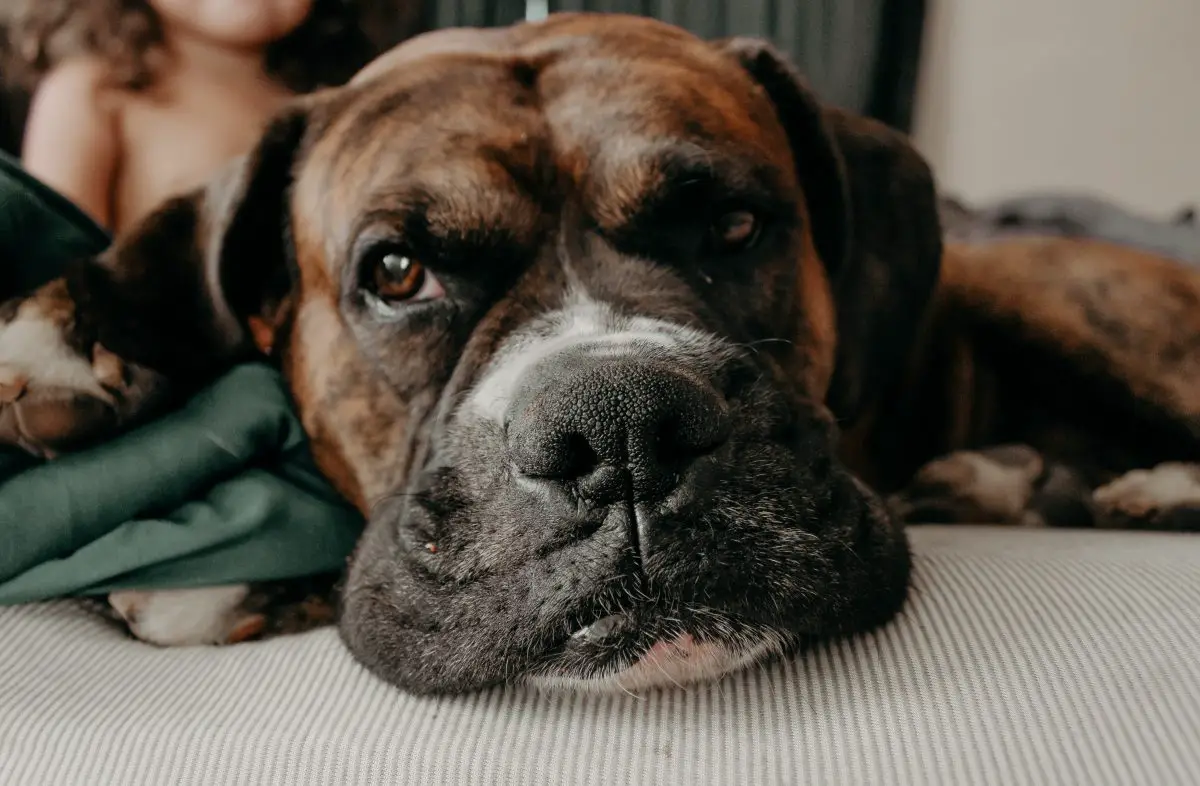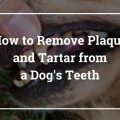Since you’ve clicked on this post, your dog must be a parvo survivor. I’m so relieved for you! Moreover, I admire you, having loved your pup back to health. In my eyes, you’re both champions!
Still, I realize you’re worried about reinfection, wanting to avoid another grueling battle. Accordingly, you want to know, “Can a dog get parvo twice?”
In this article, I give you the latest scientific data on parvo recurrence. In turn, you’ll be greatly encouraged. If you follow vet protocols, you can tighten your dog’s defenses toward this deadly disease. Then parvo will be history in your dog’s life, and you can breathe easy.

Do dogs ever fully recover from parvo?
Among dogs who get prompt veterinary care for parvo, about 90 percent respond well. Pets who survive the first four days of infection recover completely. By that time, they’re out of the woods, on a steady path to healing. Only a tiny percentage have residual health problems.
Here’s more reassuring news! Dogs that fully recover acquire natural immunity to parvo. Protective antibodies persist for at least 20 months, possibly several years. At present, veterinary scientists don’t know the specific duration.
Can a dog get parvo after having it?
Yes, especially if the dog isn’t vaccinated after recovery.
Note that certain dog breeds can be “parvo non-responders.” Due to a genetic abnormality, their immune systems don’t respond to parvo vaccines. Consequently, they’re most vulnerable to infection. Moreover, if such dogs get sick with parvo, they don’t gain natural immunity.
Roughly one in 1,000 dogs is a parvo non-responder. The following breeds are genetically predisposed to parvo infection.
- American Staffordshire Terriers
- Doberman Pinschers
- English Springer Spaniels
- German Shepherds
- Labrador Retrievers
- Rottweilers
- Mixed breeds with any of the above parentage
How can I know if my dog is a parvo non-responder?
When getting your dog vaccinated, ask the vet to schedule a “parvo titer.” This blood test shows whether a dog has antibodies against the virus. Parvo titers are done a few weeks after the last inoculation.
If your pup has a high parvo titer, they have a legion of protective antibodies. In that case, the chances of getting parvo are minimal.
What if my dog’s parvo titer is low? How do I protect them?
First, avoid bringing your buddy to public areas visited by other canines. Also, stay clear of facilities that care for dogs. High-risk areas include:
- playgrounds
- dog parks
- beaches
- groomers
- boarding kennels
- animal shelters
At such places, your pal can catch parvo from ill dogs.
Once a dog gets infected, symptoms may not appear immediately. Still, within five days of parvo onset, the dog will be shedding the virus in their stools. This process can persist for up to six weeks. So, if your dog has contact with infected feces, they’ll get sick, too.
Secondly, before taking your dog to a groomer or vet, make sure they enforce a strict parvo vaccination policy. By this, you know that only inoculated dogs can enter the facility.
What can I feed my dog to rally their immune system?
For quality protein, give your dog chicken and turkey. Both types of poultry abound in Vitamin B6. This nutrient curbs the inflammation that weakens a dog’s immune system. Meanwhile, shellfish contribute a boatload of zinc. This essential mineral promotes healthy skin, fending off external germs.
Broccoli and spinach brim with Vitamin A, prompting injured cells to heal. Red bell peppers are saturated with Vitamin C, rousing your dog’s white blood cells to fight infection. Turmeric is a gold-colored spice with anti-inflammatory powers.
Feed your pooch foods to bolster their immunity!
How else can I build my dog’s internal defenses?
Exercise is powerful! Vigorous play burns fat cells, helping to keep your cutie trim. Conversely, excess fat raises their level of inflammatory hormones. In turn, these chemicals worsen your dog’s risk of chronic diseases.
Most likely, your pup loves to romp with you. For a ship-shape immune system, play together twice daily for at least 15 minutes per session.
One way is by keeping a stash of engaging toys on hand. For instance, challenge your pup to a tug-of-war with a stuffed animal or squeaky toy. Also, invite your dog to games of fetch with a tennis ball. For extended play, provide puzzle toys, hiding healthy treats for your pup to discover.
Try to rotate the toys daily, sustaining your pal’s interest. Otherwise, your dog may get bored, losing their incentive. Make playtime fun for your pup!
When should I vaccinate my dog?
Has your buddy reached adulthood? If so, ask your vet for the best inoculation time frame.
If you have a puppy, follow the doctor’s specific vaccination protocol. Currently, most vets give a combination shot against parvo and a few other viruses.
A puppy gets a monthly shot between ages 6 weeks to 16 weeks. For immunity to parvo alone, vaccination occurs at 8 weeks, 12 weeks, and 16 weeks.
A year later, the dog should get a booster vaccine, followed by one every three years.
Do you have a puppy on a parvo vaccination schedule? In that case, they’re not fully immunized until after the third inoculation. So, in between shots, they can get parvo. Hence, avoid bringing your pet to risky areas.

Can a dog get parvo more than one time?
Have you immunized your pup yet? If so, the chances of infection are slim unless your dog is a parvo non-responder.
On the other hand, do you have a breed predisposed to getting parvo? If so, once they’re vaccinated, ask the doctor to perform a parvo titer.
Meanwhile, don’t let your pup near other dogs unless you know they’re immunized. Moreover, for your pal’s health, you should avoid contact with unvaccinated dogs, too.
Here’s why you must be cautious. Let’s say your friend has a dog who’s fully recovered from parvo. Even so, wait a while before visiting your friend’s home and property. Instead, meet elsewhere for the following reasons.
1. Parvo can linger indoors for three months.
The virus clings to:
- an infected dog’s body
- dog collars and leashes
- our skin, clothing, and footwear
- dog bowls, spread by infected saliva
- indoor flooring, including tile, wood, and carpeting
Thus, we must be vigilant with disinfecting our homes! Most household cleaning agents are useless against parvo. This article explains the disinfection process, including the specific products that kill the virus.
2. Parvo can dwell in the soil for at least a year.
It can also camp on tree bark, stones, and outdoor pavement.
How many times can dogs get parvo?
The frequency depends on three factors:
- a dog’s age at the time of infection
- the pet’s immune strength
- their owner’s care
If a dog contracts parvo as a puppy, their natural immunity won’t last a lifetime. So, if the dog goes unvaccinated, it can get parvo again. But, if the infection occurs at 9 years of age, the dog’s resultant immunity may be lifelong.
Still, a dog’s antibodies against parvo can dwindle over time. Thus, avoid risking another infection by immunizing your dog.
Then, after vaccination, stay in touch with your vet. The doctor can keep you abreast of any “parvo hot spots” to avoid. This way, you can guard against another infection.
Can dogs get parvo multiple times?
There are no reports of such cases.
Still, bear in mind that parvo can mutate like any other virus. The current vaccines fend off two classifications of parvo and three strains.
- CPV1 – less severe illness
- CPV2 – symptoms are life-threatening and likely fatal
- CPV2-a, CPV2-b, and CPV2-c – variants with grave consequences
With ongoing vet research, future vaccines should protect our dogs from any new mutations.

Can a dog get parvo after vaccination?
If you stay up-to-date with boosters, more bouts of parvo are unlikely. However, any lapses in vaccination make your dog vulnerable to reinfection.
Is your dog a parvo non-responder? If so, avoid high-risk areas. Meanwhile, keep your dog’s immune system strong.
Has parvo caused residual health problems? Examples are gastrointestinal or heart disease. Such conditions weaken a dog’s immunity, raising the chances of parvo reinfection.
Even so, try not to worry. Instead, give your dog immune-boosting foods, daily exercise, and ongoing vet care. By working with your vet, your pal can still enjoy life, especially with your devoted love.
Can a dog get parvo twice if vaccinated after the first time?
Yes, without regular boosters, it’s possible.
Do you have a puppy? If so, after the series of three inoculations, they need a booster shot one year later. Subsequently, bring them to your vet for a booster every three years.
Or, is your parvo survivor an adult dog? In that case, ask your vet for the optimal booster schedule. Currently, veterinary teaching hospitals recommend a shot every three years.
Armed Against Parvo
Let’s briefly revisit the strategies that keep parvo in check.
1. Ensure Vaccination
Once your dog recovers, get them vaccinated. One year later, bring them back to your vet for a booster shot. Then, continue with a booster every three years for the rest of your dog’s life.
2. Consider Titers
Is your dog a breed or mixed breed susceptible to parvo genetically? If so, ask your vet to do a parvo titer, performed a few weeks after full inoculation. The results will show whether your dog has mounted an effective immune response.
If your dog has a low parvo titer, don’t let it scare you. You can protect your dog by avoiding high-risk areas, such as playgrounds, dog parks, and beaches. Do you plan to board your dog or get them professionally groomed? If so, make sure each facility allows only vaccinated dogs.
3. Build Your Dog’s Immunity
Muster your dog’s immune system with energetic playtime. Aim for at least 15 minutes twice daily of vigorous activity, such as playing tug-of-war and fetch.
Also, feed your dog infection-fighting foods. Among them are shellfish, turkey, chicken, spinach, broccoli, and red bell peppers.
4. Shun Residual Germs
Do you know someone whose dog recently overcame parvo? If so, wait three months before visiting their home. That’s how long parvo germs can linger indoors, residing on anything a dog has worn or touched. In turn, you can spread parvo to your pup via your shoes, clothing, and skin.
Also, avoid treading the soil, where parvo can lurk for roughly a year.
5. Be Street-Wise
When walking your cutie, try to circumvent areas traipsed by other canines. Parvo lives in the stool left by an infected dog. If your pup sniffs or licks the feces, the virus will enter them.
During walks, do you have no choice but to tread canine territory? In that case, keep your cutie on a short leash. Then, if they veer in the direction of dog feces, distract them with a squeaky toy.
Best Weapons
So, can a dog get parvo twice? Yes, it’s possible. The virus is highly resilient and infectious.
Nonetheless, you have time-tested weapons to guard your dog, namely:
- baseline vaccination and timely boosters
- parvo blood testing
- avoiding high-risk areas
- infection-fighting foods and daily play
- staying in touch with your vet for parvo updates
Thus, if you take the precautions above against parvo, a second bout is unlikely. Moreover, should the virus mutate, we can trust that scientists will formulate new vaccines.
So, my fellow dog lover, put your worries to rest. Instead, enjoy life with your valiant dog!
FAQs
Yes, dogs can potentially get reinfected with parvovirus (parvo). Parvovirus is a highly contagious and resilient virus that can survive in the environment for an extended period, making reinfection possible.





